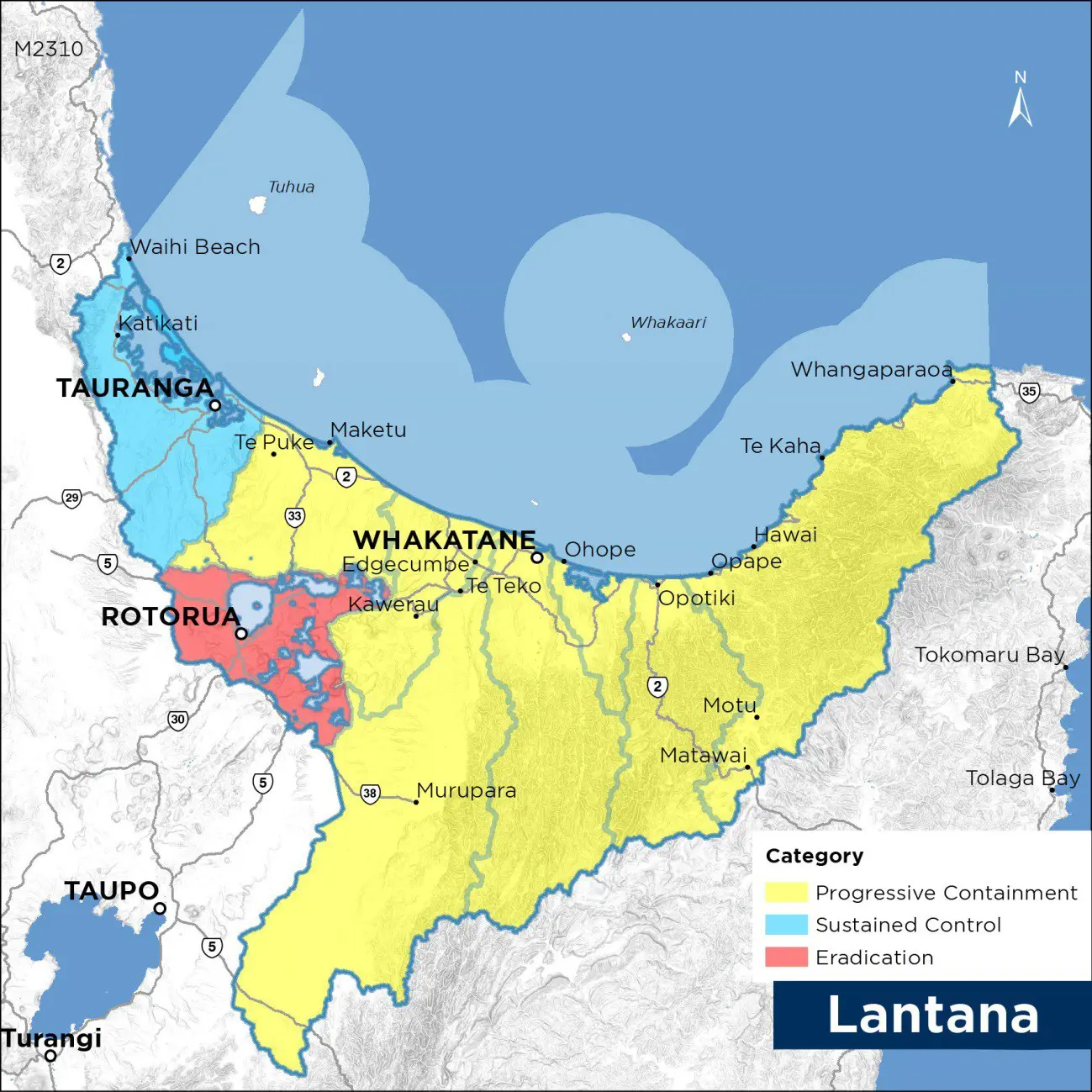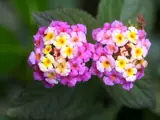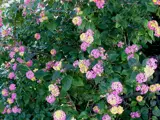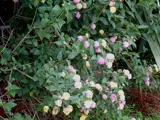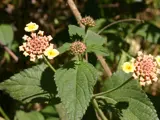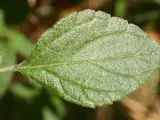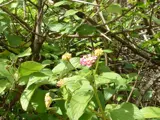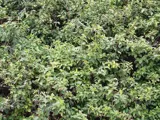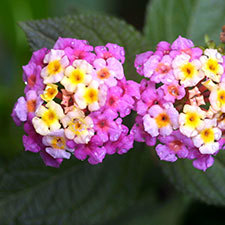
Lantana
Common name: Lantana
Botanical name: Lantana camara
Management category: Exclusion, Progressive containment, Sustained control Rule 5
Lantana is both toxic and considered one of the world’s worst invasive weeds. It was originally brought to New Zealand from Central America as a garden plant but quickly became ‘weedy’ with its ability to spread rapidly and form dense thickets.
Why is it a pest?
- Lantana is a toxic plant that crowds out native vegetation.
- It can invade agricultural areas, taking over pasture.
- Berries are fatally toxic to both stock and children.
- Small spikes in the berries can cause damage to the digestive system if eaten.
- Lantana seed is easily spread by birds and established plants send up suckers to form thickets.
Where is it found?
Lantana is present throughout the region. Tauranga and eastern Bay of Plenty have the largest number of sites, while Rotorua has just one active site.
It is generally found in coastal areas but will grow almost anywhere including disturbed forest, open areas, forest margins, geothermal areas, pasture, and exotic forests.
What does it look like?
- Fast growing, many branched shrub 3–4m high.
- Stems have scattered curved prickles.
- Serrated oval leaves 5-8 cm long, usually covered in rough hairs and a strong odour when crushed.
- Flower colours range from white, cream, pink, purple, yellow, orange, red or a mix of all.
- Flowerheads consist of a cluster of tiny tubular flowers, all year round.
- Fruit occurs in clusters of green berries, turning blue black when ripe. Up to 12,000 fruits can be produced by just one plant, each season.
What are the rules?
Lantana is listed as an Exclusion, Progressive containment, and Sustained Control pest in the Bay of Plenty region. Please see the map attached below to identify which rules apply to your area.
Exclusion
Exclusion pests are not known to be present or established in parts of the Bay of Plenty region. The Bay of Plenty Regional Council is responsible for managing new incursions into the region. If Lantana is identified in any of these areas please notify the Bay of Plenty Regional Council for advice.
Progressive containment
Progressive containment species are pests which the council aims to prevent from spreading, reduce the distribution, or eradicate within parts of the region over time. Landowners or occupiers are responsible for the control of progressive containment species on their property. Council may enforce the control of these pest species.
Sustained control
Sustained control pests are well established in the region and preventing the spread is no longer a realistic objective. Management focuses on reducing general impacts of the pest. Landowners/occupiers are responsible for the control of these pest species on their land. Council may enforce control.
Occupiers within sustained control areas identified in the attached map must destroy Lantana if it is either within 200m of any property boundary where the adjoining occupier is also controlling it OR if required by a written direction from an authorised person.
How do you get rid of it?
If the lantana is found in a progressive containment or sustained control area please follow the control measures advised below.
- Small plants can be dug out ensuring all roots are removed and disposed of safely. Always check the area where you have removed plants for new growth. Any missed roots will re-sprout to form a new plant if left.
- Spraying is best done November to March. Spray with metsulfuron (5g per 10L water) and penetrant.
- Stump treatment can be conducted at any time of year and is best for single, larger plants. Stump treat with glyphosate 1 part/4 parts water.
- Always follow up with control until the seed bank has been exhausted.
CAUTION: When using any herbicide or pesticide, PLEASE READ THE LABEL THOROUGHLY to ensure that all instructions and directions for the purchase, use and storage of the product, are followed and adhered to.
Read more on pest control advice, information and regulations.
Images

